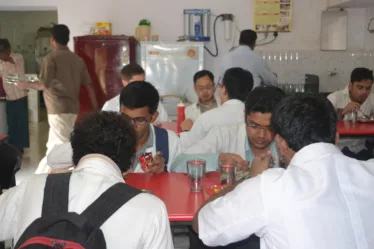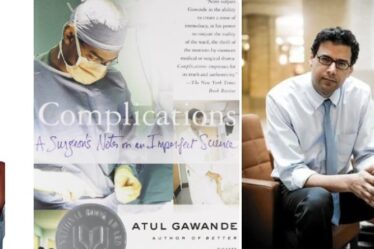Every few years, our CAT scan machine drops dead- only to purr again.
Bought about 10 years back, the machine has scanned about 20,000 heads, chests and bellies. At times, for some inexplicable reasons, the CAT stands still- a CATastrophic event in the hospital. And as engineers-flown from Bangalore- lay their hands on the CAT that refuses to purr, we worriedly watch which way the CAT will turn. “What is wrong with the CAT,” we want a diagnosis from the engineers but they do not seem to be in a mood to let the CAT out of the bag.
“When the CAT is away, why can’t MRI play?” asks a patient. That would be CATaclysmic choice of technology, we caution the patient. “How do we manage head injuries without a CAT?” this time our surgeons test our patience. “Don’t be a slave to technology. Use your clinical acumen to manage your patients,” our loaded suggestion almost sets the CAT among pigeons. We should have anticipated that- of all specialists, the surgeons like the least someone telling them how to handle their patients.
How long will it take for CAT to walk again? What makes it gasp again and again? Some patients repeatedly ask. “Don’t be so inquisitive. Don’t you know that curiosity killed the CAT?”we gently chide them. As the days roll by, and engineers are unable to fix the problem, Radiology residents and faculty begin to pace in their corridors- like CATs walking on a hot tin roof.
After several days, the engineers bring CAT back to life. The filament in the machine was playing CAT and mouse with us, they tell us. The problem fixed, our newly arrived neurosurgeon- sporting salt and pepper CAT whiskers- grins like a Cheshire CAT. We experience a feeling of CATharsis. And as we think of a well-deserved CAT nap, a resident asks, “will the CAT drop dead again?” “Do not worry,” I whisper in his ears, “haven’t you heard that a CAT has nine lives?”



May I ask, is it fair on your part to let the CAT out of the bag so soon? If you feel like a CAT on hot tin roof, so be it. But you cannot put CAT among pigeons who have hardly one life!
If you all thought that Professor Kalantri was just a cool CAT, look again. Apart from dealing with CATecholamines, CATheters, and the occasional CATamites, SPK administers physic(s) to CAThode filaments as well. Instead of consigning the scanner to final CATholic rites, he has CATegorically raised it again like Lazarus. He also keeps the radiologists and the surgeons in line, lest they find their CATtails nipped during their CATnap. Diabolical…I mean CATabolical…
Did I say he is a cool CAT (chorus)…well, he is a TOP CAT (chorus).
Indeed, a CATchy plaCATe vindiCATing the vivifiCATion of the CAT from its CATacomb
As MS, you'd better get used to such CATacylsmic changes in the hospital!
Not in my next nine lives, I will be able to write something even close to this.
That was real cool SP. I wonder why people still laugh at the sense of humor of doctors.
Never got to see your 'humorous" avatar…while in Sewagram.
Ha ha! 😀
Wishing the MGIMS CAT a speedy recovery…
This is a great write-up. So tongue in cheek. Enjoyed it.
hmm…. a very f(el)ine writeup! 😉
u got another follower! 🙂